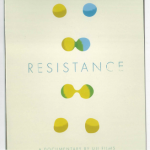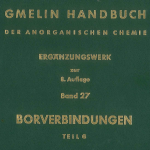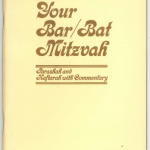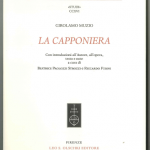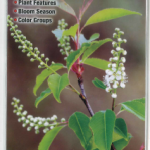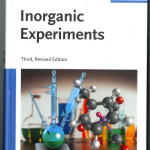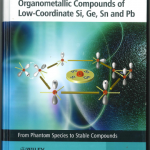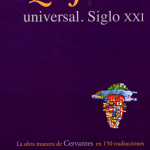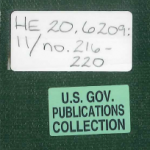Resistance / Film Buff ; an Uji Films production ; directed & edited by Michael Graziano ; produced by Michael Graziano, Ernie Park. (OCLC #892627517)
In RDA, the relationship designator commentator is defined as:
A performer contributing to an expression of a work by providing interpretation, analysis, or a discussion of the subject matter on a recording, film, or other audiovisual medium.
I tend to think of the word as referring to someone providing live / running commentary of events (as a news or sports commentator), but the term seems slightly more general, as used in this record:
700 1_ ǂa Aarestrup, Frank M., ǂd 1966- ǂe commentator. 700 1_ ǂa Cox, Ed ǂq (Edward M.), ǂe commentator. 700 1_ ǂa Flynn, William ǂc (Veterinarian), ǂe commentator. 700 1_ ǂa Eisen, Jonathan, ǂc Dr., ǂe commentator. 700 1_ ǂa Kar, Avinash, ǂe commentator. 700 1_ ǂa Glickman, Dan, ǂe commentator. 700 1_ ǂa Creech, Buddy ǂq (Clarence), ǂe commentator. 700 1_ ǂa Laxminarayan, Ramanan, ǂe commentator. 700 1_ ǂa Levy, Stuart B., ǂe commentator. 700 1_ ǂa McKenna, Maryn, ǂe commentator. 700 1_ ǂa Price, Lance ǂc (Physician), ǂe commentator. 700 1_ ǂa Rex, John H., ǂe commentator. 700 1_ ǂa Slaughter, Louise M., ǂe commentator. 700 1_ ǂa Spellberg, Brad, ǂe commentator. 700 1_ ǂa Hansen, Gail ǂq (Gail R.), ǂe commentator. 700 1_ ǂa Chiller, Tom, ǂe commentator. 700 1_ ǂa Dahl, Jan ǂc (Veterinarian), ǂe commentator. 700 1_ ǂa Philpott, Tom ǂc (Food writer), ǂe commentator.
What do you think? Is there a better relationship designator for experts providing information in a documentary?
